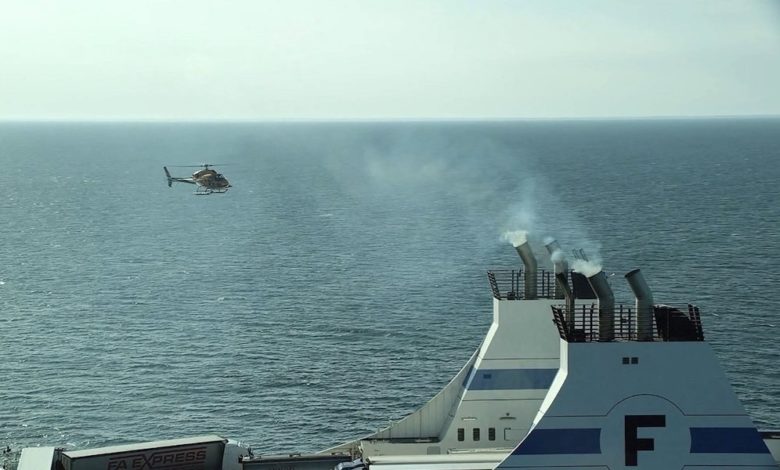Methane slip at sea study commences

A new joint project will use onboard techniques and drones to measure methane emissions from ships.
The International Council on Clean Transportation (ICCT) is leading the project called FUgitive Methane Emissions from Ships (FUMES), in collaboration with Danish-based Explicit and the Netherlands Organization for Applied Scientific Research (TNO). Using in-stack continuous emissions monitoring, drones, and helicopters, the project will examine and quantify methane emissions from ships fuelled by liquefied natural gas (LNG) under a variety of real-world operating conditions at a scale never before achieved.
Use of LNG as a marine fuel globally grew nearly 30% between 2012 and 2018 and LNG is becoming popular as a fuel for new cargo ships and cruise ships with more than a third of the global orderbook in dwt terms opting for LNG duel fuel propulsion. Environmentalists as well as large organisations such as the World Bank have been warning about the risks of methane slip from these new ships for a number of years.
“Obtaining these real-world data will help us to better understand the conditions under which methane emissions from LNG-fuelled ships are high or low, and that’s important when considering ways to reduce the environmental impacts of shipping,” said Bryan Comer, marine program lead at the ICCT.
Results from the study are expected to include estimated methane (CH4) and nitrogen oxides (NOx) emission factors by engine type for the ships measured. Measurements will be taken in 2022 and the team will publish a peer-reviewed, publicly available white paper in 2023.
“In addition to onboard measurements, the project will deploy both drones and helicopters to sample exhaust plumes from many more ships to provide broader insights into the factors that affect methane emissions. We will also use new drone-based technologies to quantify total fugitive methane emissions from ships, something which has never been done before,” said Bettina Knudsen, COO of Explicit.
Methane’s 100-year global warming potential is 30 times stronger than the same amount of carbon dioxide (CO2), according to the Intergovernmental Panel on Climate Change, and its 20-year global warming potential is even more potent at 82.5 times stronger.
